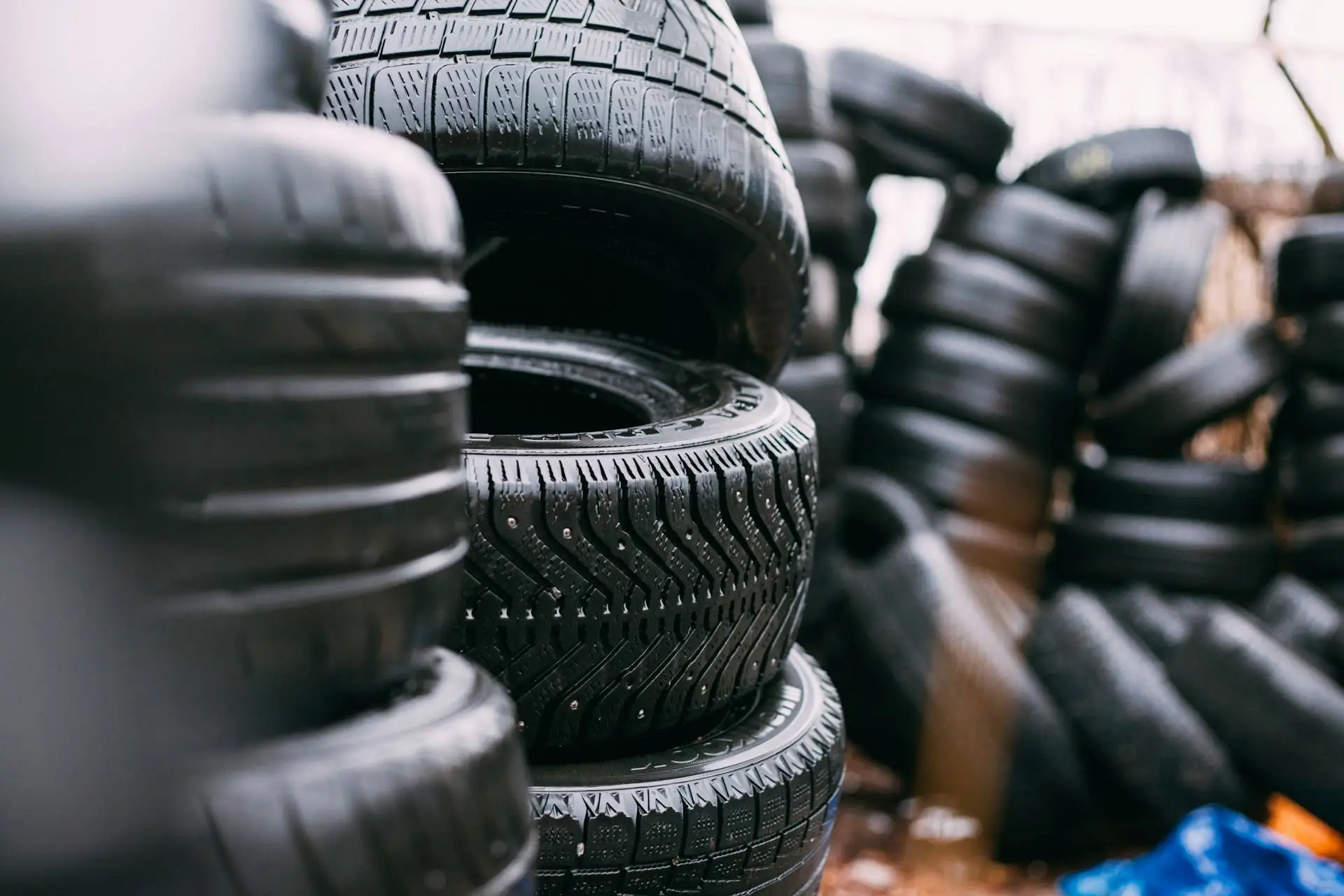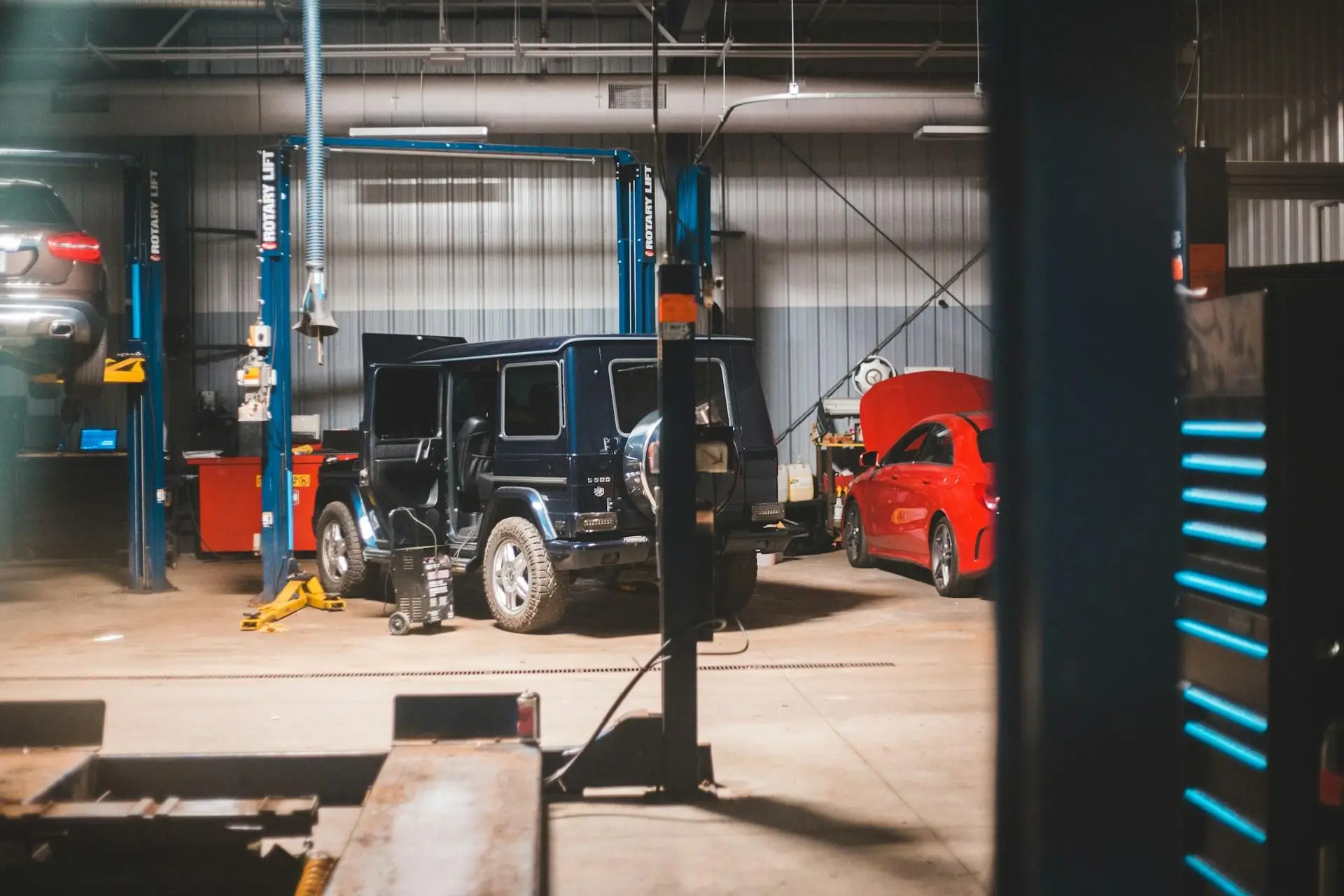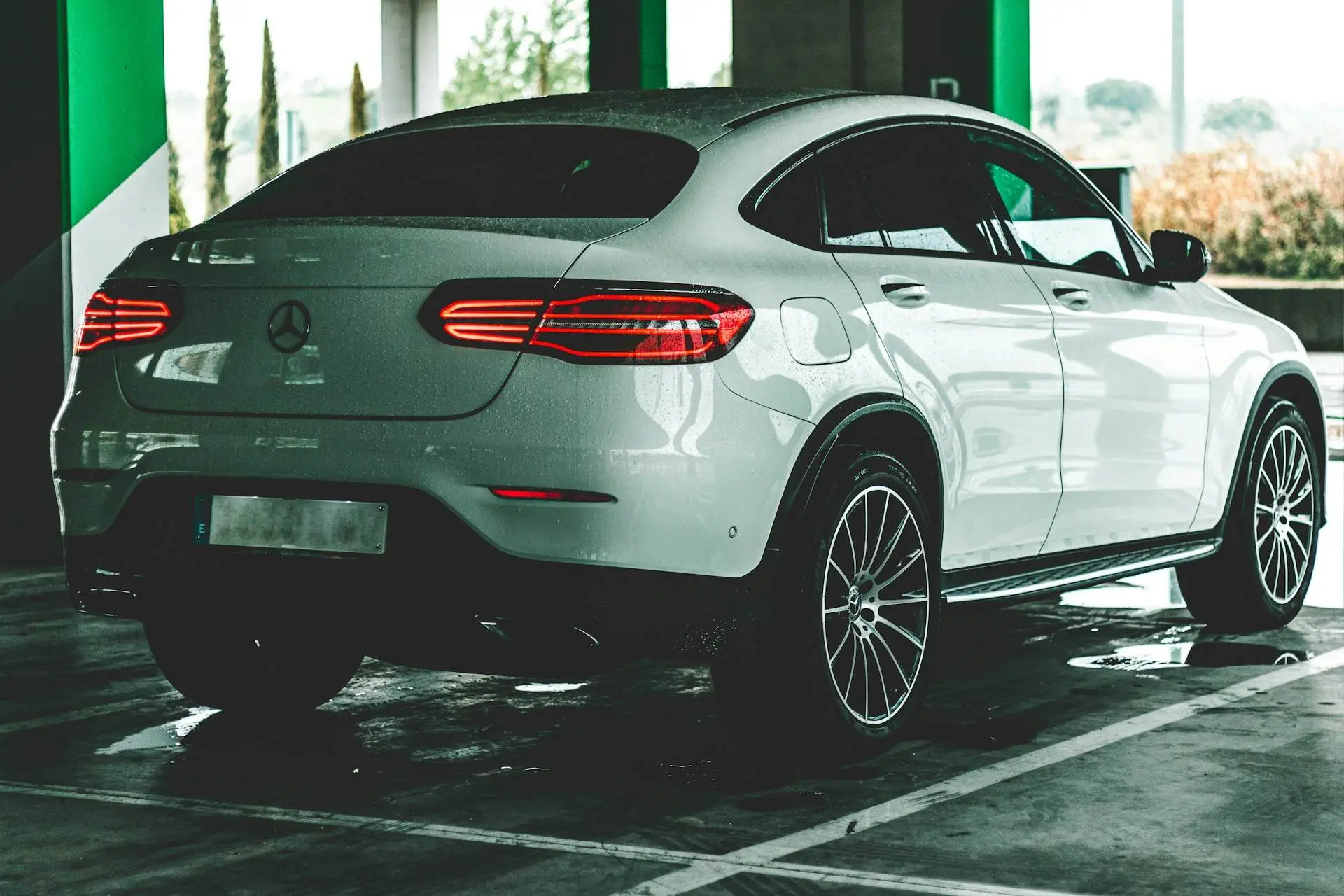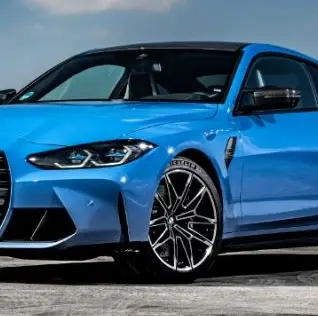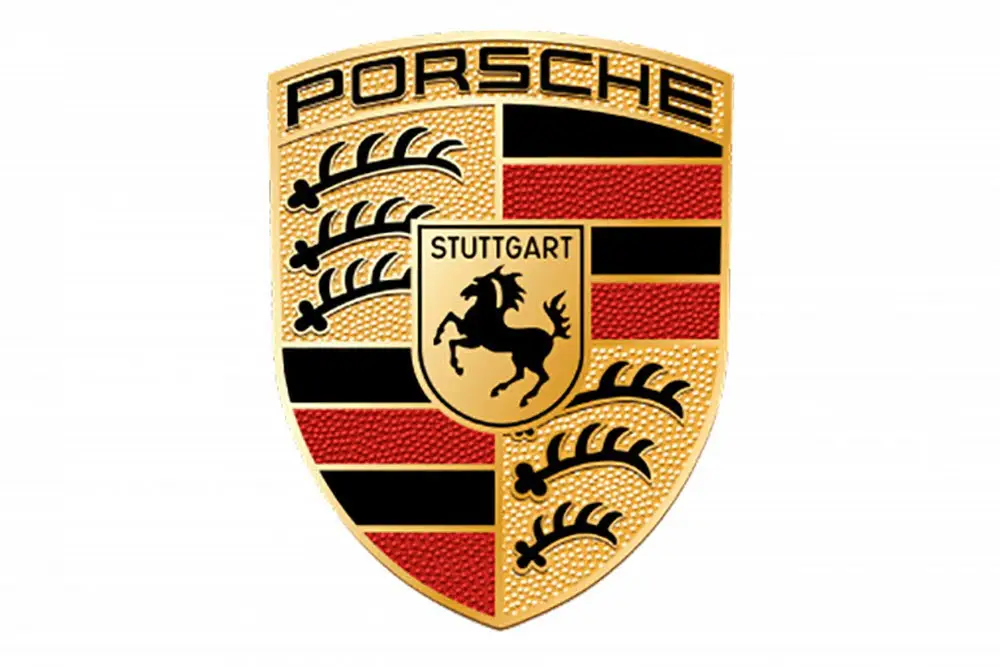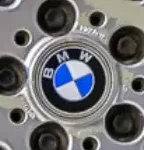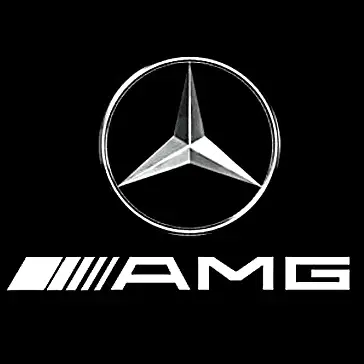What is car wrapping?
Car wrapping, also known as wrapping, is a technique for personalizing and protecting a vehicle's bodywork by applying a special adhesive film. This film can come in a variety of colors, textures and finishes, offering a multitude of possibilities for transforming a vehicle's appearance without resorting to permanent paintwork.
Car wrapping has become increasingly popular in recent years, among both private individuals and professionals, due to its many advantages.
Definition and operation
Car wrapping involves applying a vinyl film to the exterior surface of the vehicle. This film is specially designed to adhere to the bodywork and resist external conditions such as UV, weathering and abrasion. It can be applied to the whole vehicle(total covering) or just certain parts(partial covering) to create unique aesthetic effects.
Types of film used
Car covering films are available in several types, each with its own characteristics:
- Monochrome films: Available in a wide range of colors, these films enable the color of the car to be changed quickly and reversibly.
-Textured films: Offer special finishes such as carbon, chrome, satin, matte and gloss.
- Printed films: Used for custom designs, logos and graphics, particularly popular for commercial and advertising vehicles.
For your choice of covering films, we recommend the https://www.covering.fr website . Here you'll find leading brands such as 3M, Avery Dennison and KPMF, with a wide choice of products to suit every project.
History and evolution
The concept of car wrapping dates back to the 1990s, but has really gained in popularity over the last decade thanks to technological advances in vinyl materials and application techniques.
Today, car wrapping is widely used not only for aesthetic reasons, but also to protect the original paintwork from scratches and damage caused by road debris.
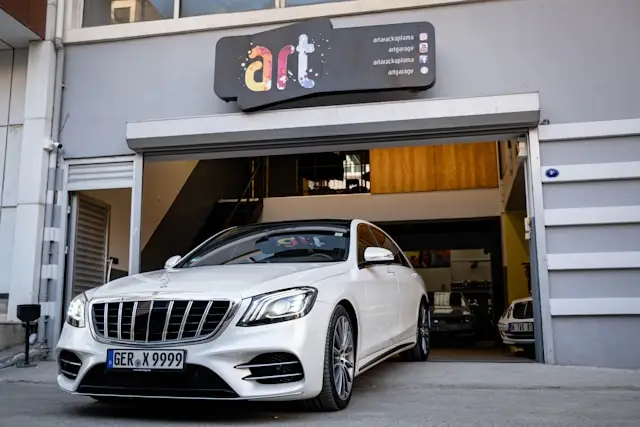
The different types of car coverings
There are several types of covering, each tailored to specific needs and preferences. Here's an overview of the main options available:
1. Total covering
Total covering involves the application of a vinyl film to the vehicle's entire body. This option is ideal for those wishing to completely change the color or style of their car.
It offers a complete transformation of the vehicle's appearance, protects the entire body from scratches and damage, and can be removed without damaging the original paintwork.
2. Partial covering
Partial covering involves applying vinyl film only to certain parts of the vehicle, such as the bumper, hoods, mirrors or spoilers.
Less costly than total covering, it allows you to highlight enhance parts of the vehicle, offers targeted targeted protection.
3. Decorative covering
Decorative covering uses printed films to create customized designs, logos and graphics. It is commonly used for commercial and advertising vehicles.
Ideal for advertising and brand promotion, it enables highly creative and personalized designs, and is easy to change for temporary campaigns.
4. Protective covering
Protective covering, often called PPF (Paint Protection Film), is a transparent or lightly tinted film that protects the original paintwork against stone chips, scratches and abrasions.
Offers exceptional protection against damage, can be applied to the whole car or to high-exposure areas, does not change the appearance of the vehicle.
Disadvantages : Generally more expensive due to film quality and precise precise application required.
There are also special films designed for specific needs, such as thermoformable films that can be stretched to fit complex vehicle curves, and reflective films for enhanced visibility at night.
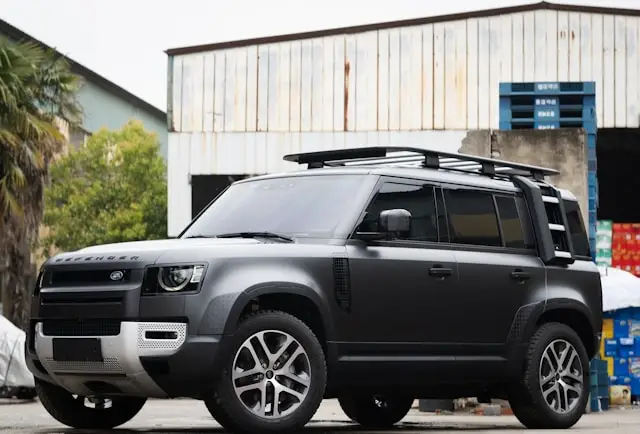
Advantages of car wrapping
Covering offers numerous advantages, both in terms of personalization and protection.
This method allows you to transform the appearance of your vehicle to suit your tastes and preferences. With a wide range of colors, finishes(matte, gloss, satin, carbon, chrome) and customized designs, the possibilities are endless.
You can choose a single color or a specific design that reflects your personality or brand.
Unlike permanent paint, the covering can be removed without damaging the original paint, giving you the flexibility to change your look as often as you like .
The covering film acts as a protective barrier between the bodywork and the outside elements. It protects the original paintwork from various types of damage.
It protects against surface scratches and stone chips caused by road debris.
The film protects the paint against UV rays that can cause fading, as well as against weathering such as rain and snow.
Protecting original paintwork with a covering can help maintain your vehicle's resale value.
By protecting the paintwork from damage, covering keeps it looking like new, which is attractive to potential buyers.
Buyers can be reassured by the fact that the covering can be removed to reveal the original paintwork intact.
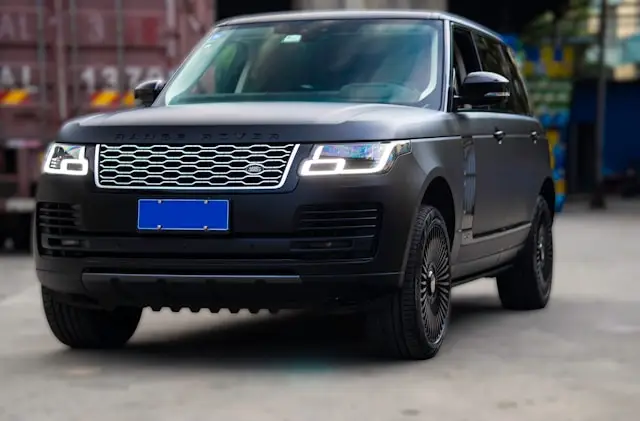
The car covering installation process
The process of applying a covering requires meticulous preparation, specific skills and the right tools to guarantee optimum, long-lasting results. Here are the detailed steps in the car covering application process:
1. Preparing the vehicle
- Cleaning: The vehicle must be thoroughly cleaned to remove all dirt, dust, grease and other surface contaminants. Thorough washing with specific cleaning products is necessary to ensure that the film adheres properly.
- Decontamination: After washing, the vehicle surface must be decontaminated with a clay bar to remove invisible particles such as tar or resin.
Make sure the vehicle is completely dry before applying the film.
2. Measuring and cutting the film
- Measure: Carefully measure every part of the vehicle that will receive the film. Accurate measurements are crucial to avoid waste and ensure a perfect fit.
- Cutting: Cut the film into sections to suit the different parts of the car. The use of specialized knives and cutting mats for clean, precise cuts.
3. Film application
- Initial positioning: Position the film on the surface to be covered without removing the protective liner. This allows you to check the fit and make adjustments if necessary.
- Activation: Gradually remove the protective liner from the film to expose the adhesive. Apply the film to the surface, using even strokes to avoid air bubbles and avoid air bubbles and wrinkles.
- Squeegee: Use a rubber scraper to smooth the film and eliminate air bubbles. Work from the center to the edges to ensure uniform adhesion.
4. Heating
- Heating: Use a heat gun to heat the film slightly, making it softer and easier to shape around the curves and contours of the vehicle.
With the film heated, use modeling tools to adjust it perfectly to the curves and edges of the vehicle. Make sure the film adheres well to complex areas.
5. Finishing
- Final cutting: Once the film is in place and smoothed, use a precision precision knife to trim excess film around edges and corners.
- Edges and folds: Check that all edges are well bonded and that the film is correctly folded under joints for a professional finish.
6. Inspection and correction
- Inspection: Examine the whole vehicle for air bubbles, creases or poorly bonded areas. Use a squeegee or needle to remove any residual bubbles.
- Corrections: Make any necessary corrections by warming up and adjusting the film where necessary to achieve a flawless result.
7. Drying
Let the vehicle rest for at least 24 hours to allow the adhesive to bond properly.
Avoid washing the vehicle for the first few days after application of the covering to ensure optimal adhesion.
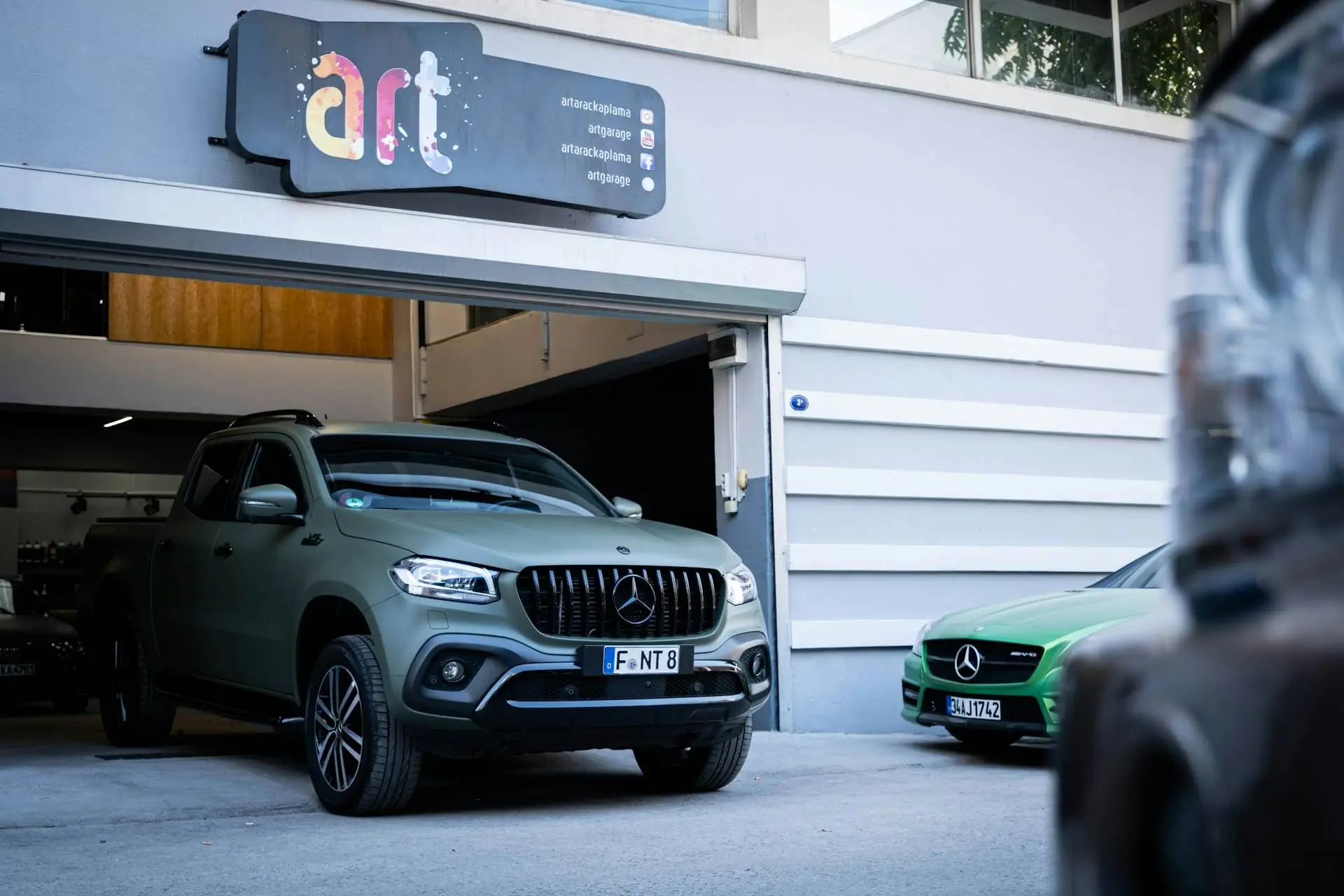
How much does a covering cost?
The cost of a covering varies according to several factors, such as the size of the vehicle, the quality of the vinyl film and the complexity of the design. In general, a partial covering can cost between 500 and 1,500 euros, while a full covering can range from 1,500 to 3,000 euros or more. High-quality films with special finishes or customized designs can increase the price.
In comparison, covering is often less expensive than repainting.
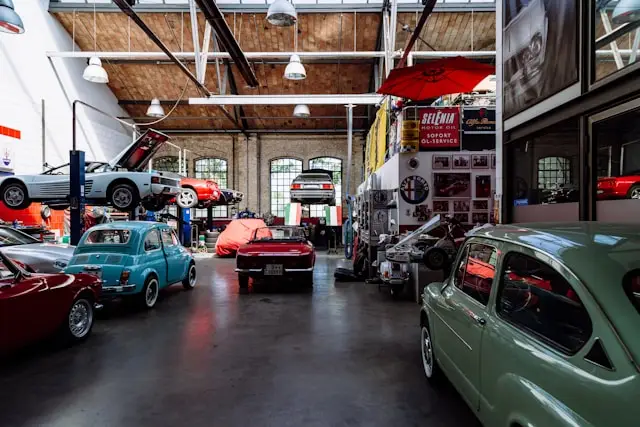
Covering vs. painting: which solution to choose?
The choice between covering and painting depends on your needs and preferences. Covering offers fast, reversible and less costly personalization, ideal for those who want to change their look often.
It also protects the original paint. Paint, on the other hand, offers a permanent finish and can be more durable in the long term. However, it is more expensive and takes longer to apply.
For frequent changes and extra protection, covering is often the best option.
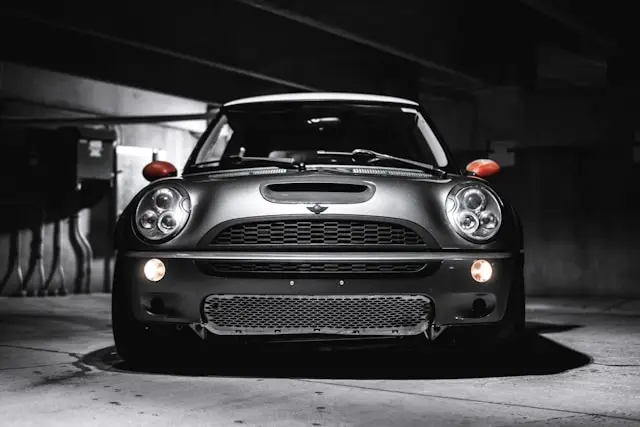
Common mistakes to avoid when covering a car
1. Inadequatepreparation : Failure to properly clean and prepare the vehicle surface will result in poor film adhesion.
2.Rapid application: Applying the film too quickly without taking the time to smooth out bubbles and creases will affect the final appearance.
3.Low-quality films: Cheap films may not last long and may be difficult to apply correctly.
4. Ignore manufacturer's instructions: Not following the film manufacturer's specific instructions can lead to durability and appearance problems.
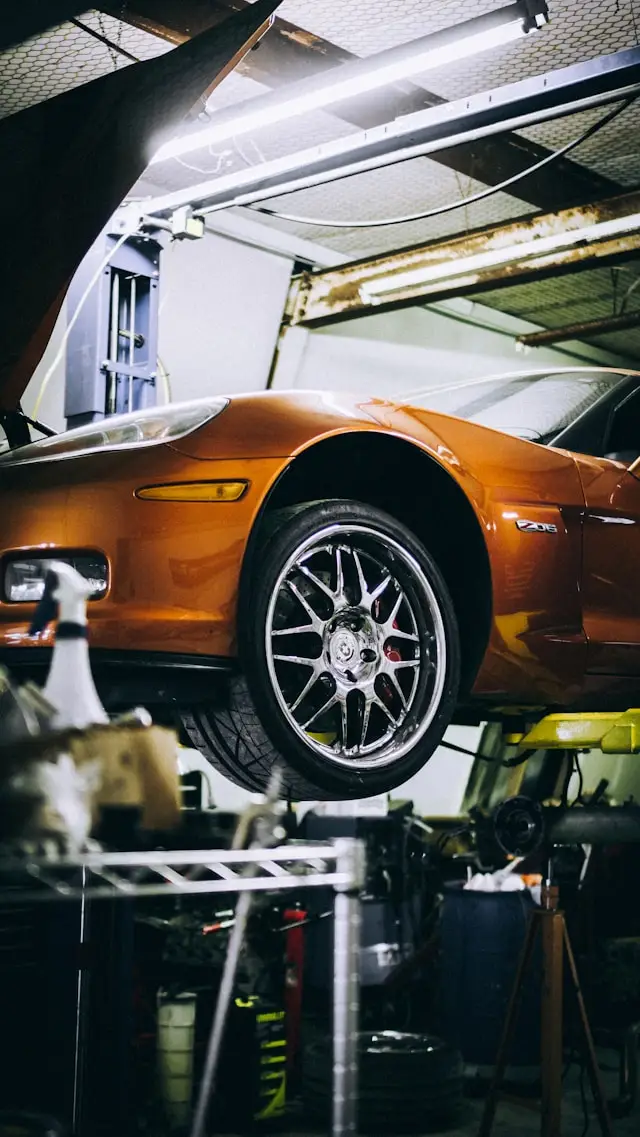
Maintenance and service life of car coverings
A well-maintained covering can last between 5 and 7 years. To prolong its life, it is important to:
- Clean regularly: Wash the vehicle with non-abrasive products and avoid cleaning the vehicle with a high-pressure hose too close to the film.
- Watch edges and corners: Regularly check that the edges and corners of the film are not peeling off, and reapply them if necessary.
With proper care, the covering can not only protect the original paintwork, but also maintain an optimal aesthetic appearance for many years.
FAQ about car wrapping
What is the average life of a car covering?
The average life of a covering is 5 to 7 years, depending on film quality and regular maintenance. High-quality films can last longer if they are well maintained.
How do you wash a car with a covering?
We recommend using mild cleaning products and avoiding high-pressure cleaners too closely, as excessive pressure can damage the vinyl film.
Does car covering damage the original paintwork?
No, if applied and removed correctly, a covering will not damage the original paintwork. In fact, it protects the paint against scratches, UV and weathering.
Can you apply a car covering yourself?
Yes, it's possible to apply a covering yourself, but it requires specific tools and skills that call for a great deal of experience. For a professional, long-lasting result, we recommend calling in a specialist.
Can the car covering be removed easily?
Yes, the covering can be easily removed without damaging the original paintwork, as long as you use the right techniques and don't leave the film in place beyond its recommended lifetime.
Is the car cover scratch-resistant?
Car wrapping offers some resistance to scratches and minor impacts, but it's not indestructible. Proper care and regular attention can help keep the film in good condition.
Is car wrapping legal?
Yes, covering is legal.

